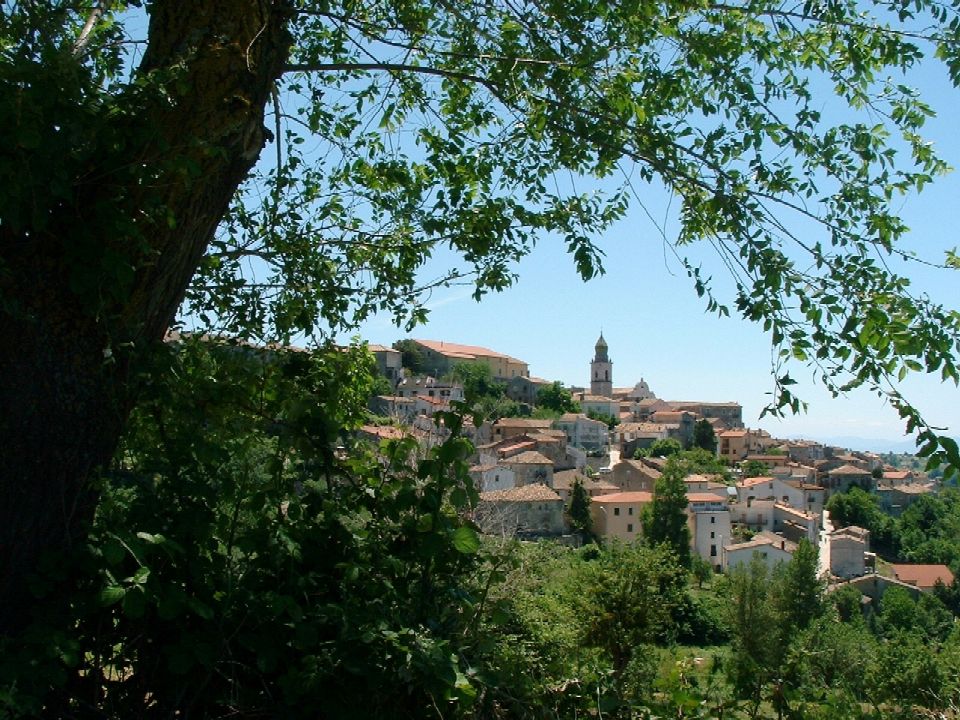



In Roman (itinerarium Antonini, 161 A. D.) was the "statio super tamari fluvium"; the current name comes from the church dedicated to the Holy Cross, built by Benedictine monks in the eighth century and rebuilt in 1245 by the Franciscans, still overlooks the town.
In 762, King Desiderio, the last Lombard king, assigns the possession of S. Croce to Abbot Theodemario. In the year 1000 Santa Croce was a hamlet of Cassinesi from which originated the family Santa Croce who became very powerful under the Angioini. William I, known as "malo" subtracted this land to Cassinesi and gave it to Rodolfo Alemagno who owned it from 1172 to 1183. In 1277, at the time of Angioini it belonged to William of S. Croce and, under Carlo II D'Angiò, it belonged to Manfredi of S. Croce who sold it to Siginulfo, Count of Telese.
In 1456 Ferdinando I D'Aragona gave this feud as remuneration to his captain of weapons Giovan Battista del Balzo.
From 1561 the Santa Croce population was increased significantly by the immigration of families from the nearby Cercemaggiore, hit by an epidemic of plague. Later, the feud passed to the family of Sorrento Tramontano.
The municipality was part of Molise's country and, in 1861, it passed to the province of Benevento.
Here were born, among others, the distinguished fifteenth-century jurist Andrea of Santa Croce, the Enlightenment Giuseppe Maria Galanti, which is titled our association, and the papyrologist Girolamo Vitelli. During the centenary of the letter's birth, the country hosted the President of the Republic Luigi Einaudi, a pupil of Vitelli.

«La maniera come quivi [nella scuola militare Nunziatella] è educata la gioventù non ha pari in tutta l'Europa. La filosofia, il patriottismo, l'esperienza non avrebbero saputo ideare né eseguire più nobile istituto da formare il temperamento, la ragione, il cuore e tutte le cognizioni necessarie a' militari.»
- Giuseppe Maria Galanti, Breve descrizione della città di Napoli e del suo contorno (1792), a cura di M. R. Pellizzari, Di Mauro editore, 2000, p. 35 -